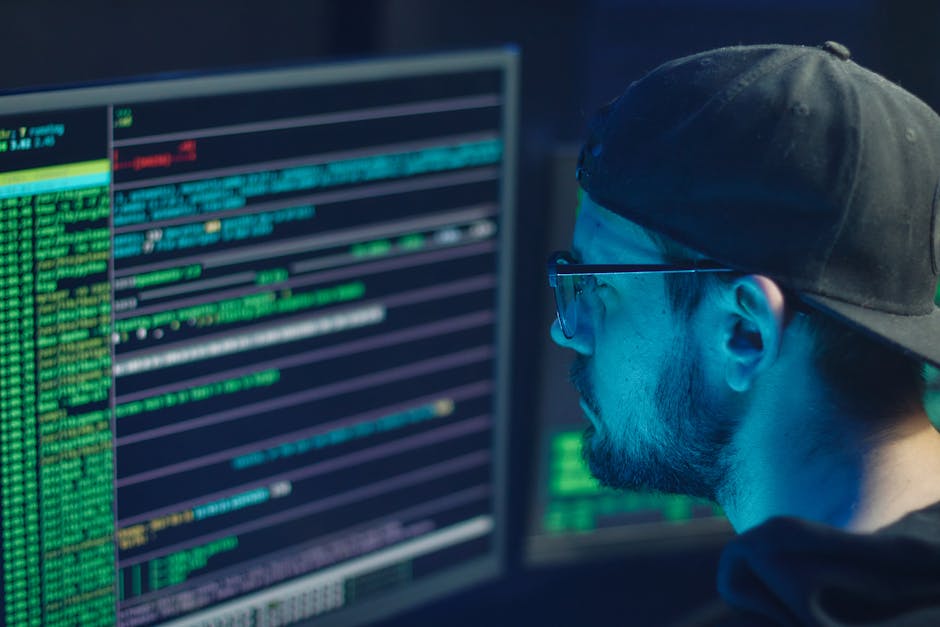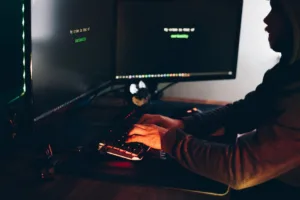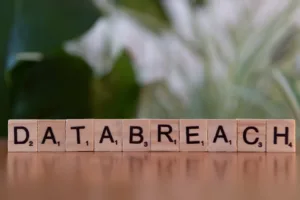
The second week of March 2025 witnessed a surge in cybercriminal operations, marked by the emergence of new ransomware groups and politically motivated hacktivist campaigns. Threat actors are increasingly leveraging dark web forums for recruitment, extortion, and disruptive attacks, posing significant challenges for enterprise security teams.
Executive Summary
Cyber threats intensified in mid-March 2025 with the rise of SecP0, a ransomware group specializing in vulnerability extortion, and hacktivist collectives like RipperSec and Dark Storm Team targeting South Korean infrastructure and social media platforms. Key incidents included DDoS attacks on telecommunications networks and a novel extortion model where attackers auction undisclosed vulnerabilities rather than encrypting data. These developments highlight the convergence of financial and ideological motives in modern cyber operations.
Technical Analysis
1. SecP0: The New Extortion-as-a-Service Threat
Discovered by ASEC on March 13, SecP0 operates on an unconventional ransomware model, demanding payment in exchange for withholding exploits for unpatched vulnerabilities. The group advertises its services on dark web forums, targeting enterprises with known security gaps. Unlike traditional ransomware, SecP0 focuses on vulnerability auctions rather than data encryption, complicating defensive strategies.
Detection teams can use the following YARA rule snippet to identify potential SecP0 activity:
rule SecP0_Ransomware_Indicator {
strings:
$s1 = "SecP0_negotiation" nocase
$s2 = { 6A 40 68 00 30 00 00 6A 14 8D 91 }
condition:
any of them
}2. Hacktivist Operations: RipperSec and Dark Storm Team
RipperSec claimed responsibility for DDoS attacks against South Korean telecom providers and government portals, later alleging breaches of industrial control systems. Meanwhile, Dark Storm Team disrupted X (formerly Twitter) with volumetric attacks, potentially leveraging IoT botnets. Both groups cited geopolitical motivations, with communications disseminated through encrypted channels like Telegram.
Recommended mitigation measures for DDoS attacks include:
- Implementing geo-blocking for non-essential services
- Deploying anomaly detection via SIEM rules such as this Splunk query:
index=network sourcetype=firewall
| stats count by src_ip
| where count > 1000
| lookup geoip src_ip OUTPUT country
| sort - countSecurity Team Recommendations
Red Team Guidance
Security testing teams should emulate SecP0’s extortion model through vulnerability auction scenarios, assessing organizational response protocols. Enhanced dark web monitoring of forums like BreachForums is critical for early identification of emerging ransomware affiliates and their tactics.
Blue Team Priorities
Defensive teams must accelerate patch management cycles to counter SecP0’s exploitation model. Monitoring for IoCs associated with RipperSec and Dark Storm Team, particularly in sectors like telecommunications and government, should be prioritized. Integration of threat intelligence feeds from providers like CYFIRMA can enhance detection capabilities.
Conclusion
The cyber threat landscape in March 2025 demonstrates increasing sophistication in both criminal and hacktivist operations. The emergence of hybrid extortion models and the weaponization of unpatched vulnerabilities necessitate proactive dark web surveillance and adaptive security postures. Organizations must balance technical defenses with strategic threat intelligence to mitigate these evolving risks.





